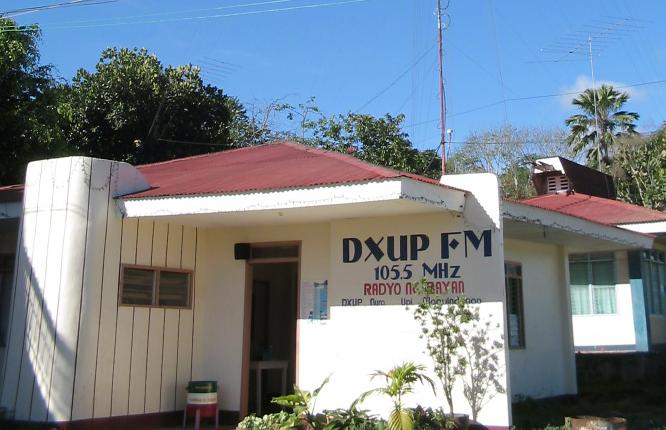Identity Crisis
The term Moros derived from Moors, the name the Spaniards gave to the inhabitants of Mauritania and Morocco.
What is Indigenous people?
(The scholars and learned defined)-The indigenous peoples [in other terms: native inhabitants] are those who have maintained historical continuity with pre-invasion societies that developed their territories. They have their own social and cultural characteristics which are distinct from the dominant cultures of the majority.
What the Philippine Laws says?
According to Republic Act 8371, the Indigenous Peoples are those groups of people who resisted assimilation during the colonial times. In the case of those in Mindanao, they are divided into two ethno-linguistic tribes: the 23 -- some say 18 -- ethno-linguistic tribes who are unIslamized, such as T’duray, Manobo, Bilaan, T’boli, Mansaka, Subanen, Bagobo, Lambangian, Higaonon, Mansaka, etc., and the 13 Islamized ethno-linguistic tribes such as the Maranao, Maguindanao, Tausug, Samal, Yakan, Sangil, Badjao, Kalibogan, Jama Mapun, Iranun, Palawanon, Kalagan and Malbog.
Where they come from?
The coming of settlers from Luzon and the Visayas or “Filipinos” to Mindanao can be attributed to the “initial successes” of the pacification campaign of the Americans in this region. As soon as they shifted from military rule to civilian administration, the Americans started to send migrants to Mindanao, viewing it as the final solution to the “Moro Problem.”
Waves after waves of new migrants came thereafter, and this frenzied search for new frontiers increased after the US annexed Mindanao and Sulu to the national territory of the Republic of the Philippines in the grant of independence on July 4, 1946. The same policy was pursued during the time of President Ramon Magsaysay (1953-57), who included thousands of former criminals and former communist rebels in his resettlement programs in Mindanao. Other Filipino presidents followed suit, especially during the reign of President Ferdinand Marcos. In fact, more than one half of the total number of settlers came during his time.
Tri-People Concept?
The concept of tri-people in depicting the peoples of Mindanao -- Christians, Muslims, and Lumads -- is a dilemma and a question of identity crisis.
The term Christian refers to those people who adhere to Christianity;
Muslim to those whose religion is Islam, while
Lumad (or sometimes Highlanders, but some dis-agree) refers to the 23 ethno-linguistic tribes no matter what their religion is.
Presently, some of the indigenous tribes have embraced Islam, while others have accepted Christianity.
Similarly, some of the settlers have accepted Islam as their religion and likewise a few from the 13 Islamized ethno-linguistic tribes converted to Christianity.
Now, the dilemma?
Now the dilemma or crisis in identity.
Why it is dilemma?
For example,
What’s the identity of a certain native inhabitant [ for example a, T’duray] who is a Roman Catholic or Episcopalian?
He/she is called, Highlander?, Lumad? or Christian?
On the other hand, if he accepts Islam as his religion, should he/she be called Highlander? Lumad? or Muslim?
More example,
An Ilocano or Ilonggo by birth or baptist as a Christian?
But later on He embraces Islam as his faith, where does he belong? to the so-called tri-people concept: Christian,Muslim, or Lumad?
What do you mean Muslim? Christian?
The term Muslim is defined by the Holy Qur’an, as one who is a “Believer; one who submits to the will of Allah;" while Christian " is one who believes in Jesus, the Son of Mary – and at same time of God -- while the term Lumad refers to a group of tribes.
In the case of Upi and neighboring municipalities, including Cotabato City, the T’duray [Highlanders] and R’nawon [T'duray’s word for the people of the lowland, e.g. Iranun, Maguindanawon, etc.] share a common ancestry. Tabunaway and Mamalo were brothers by blood, the former as the forefather of R’naon who accepted Islam, the latter of the T’duray who chose to remain as it is.
One relevant question may be posed?
For instance, how about the other new settlers, the Chinese, who are still adhering to Buddhism as their religion? Where do they belong to based on the tri-people concept? It’s neither Moro nor Lumad nor Christian. Where then, we don’t know.
My friend, correct me if I'm wrong.
Identity Crisis
Ni- Alih "Kaka Ali" Anso


0 Comments:
Post a Comment
<< Home